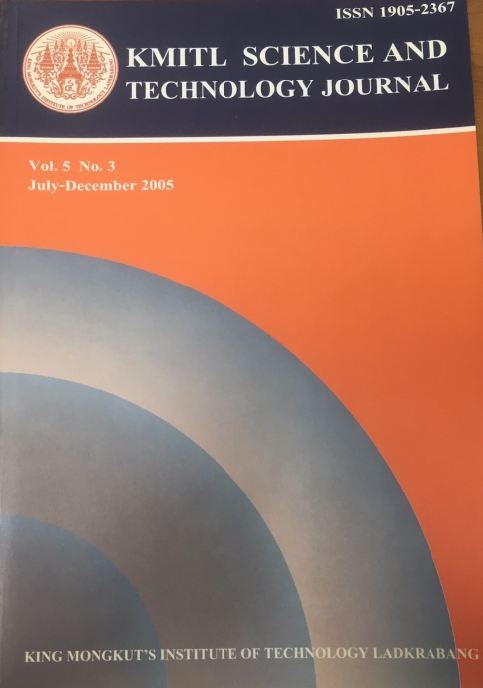Nowadays many water resources are polluted by anthropogenic sources including household and agricultural waste and industrial processes. Public concern over the environment impact of wastewater pollution has increased. Several conventional wastewater treatment techniques, i.e. chemical coagulation, adsorption, activated sludge, have been applied to remove the pollution, however there are still some limitations, especially that of high operation costs. The use of zero-valent iron as a reductive medium is receiving increased interest due to its low operation and maintenance costs. In addition, it is easy-to-obtain, with good effectiveness and ability for degrading contaminants. This paper reviews the use of zero-valent iron to remove contaminants from wastewater such as halogenated hydrocarbon compounds, heavy metals, dyes, pesticides, and herbicides, which represent the main pollutions in wastewater.
Keywords: Wastewater treatment, Zero-valent iron
Corresponding author: E-mail: kjsuwann@kmitl.ac.th
Junyapoon*, S. . (2018). Use of Zero-Valent Iron for Wastewater Treatment. CURRENT APPLIED SCIENCE AND TECHNOLOGY, 587-595.
